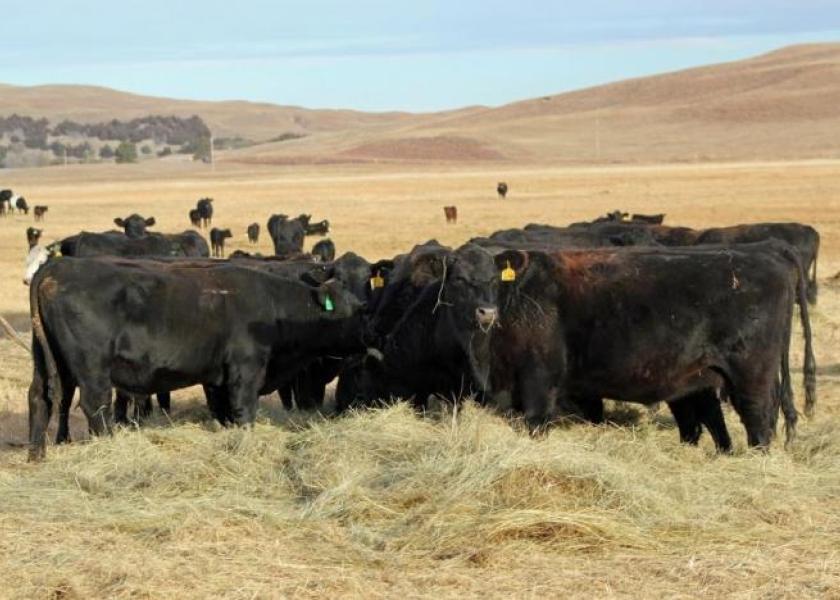Derrell Peel: Hay Stocks Up From Last Year But Still Below Average

Weather challenges in 2019 led to many questions about the quantity and quality of hay production and supply heading into 2020. Recent USDA reports provide a summary of 2019 hay production and the status of hay stocks as of December 1.
Total December 1, 2019 hay stocks were 84.488 million tons (Table 1), 6.9 percent higher year over year but still 5.4 percent below the 2014-2018 average. Hay stocks were generally up year over year in the western, mountain and plains states and the Corn Belt but down in the great lakes, Appalachian and eastern regions. Table 1 shows the top 10 states for hay stocks as well as hay production. Missouri had the largest hay stocks and showed the most increase year over year with stocks up 64.3 percent, the highest level for the state since 2009. Among the top ten states for hay stocks, Kentucky, Nebraska, Oklahoma and Tennessee had year over year declines.

*tie for 6, 7 and 8
Data for hay production is reported as alfalfa and other hay. Total production of all hay was 128.864 million tons, up 4.3 percent year over year; and consisted of 42.6 percent alfalfa hay and 57.4 percent other hay. Total hay production was 2.4 percent below the 2014-2018 average. The top ten hay production states includes some states dominated by alfalfa hay production including California, Montana and South Dakota and other states dominated by other hay production including Kentucky, Missouri, Oklahoma and Texas. Some states such as Kansas, Nebraska and North Dakota have more balanced mixes of alfalfa and other hay production.
Alfalfa hay tends to be grown most in northern regions, in large dairy production areas, and in some feedlot production areas. In addition to dairy and feedlot production, alfalfa hay is also used for beef cattle feed in some regions where it is grown. Total 2019 alfalfa hay production was up 4.3 percent year over year, but was down 4.6 percent from the 2014-2018 average. Among the top ten states, alfalfa hay production was up in all states except California and Nebraska.
Other hay production includes a wide range of non-alfalfa dry forages and is mostly used for beef cattle production. Total other hay production was up 4.3 percent year over year, just 0.8 percent below the 2014-2018 average production level. Other hay production was up 11.4 percent among the top ten other hay producing states but was down in Kentucky, Nebraska and Tennessee.
Total hay supplies appear to be generally adequate although quality may be an issue in some instances. However, average hay prices are projected to increase two to four percent over the previous crop year. Regionally, the tightest supplies appear to be in the southeast, Appalachian and great lakes regions. Nebraska stands out as a major hay state with decreased production and stocks but surrounded on all sides by states with increased year over year hay production.







